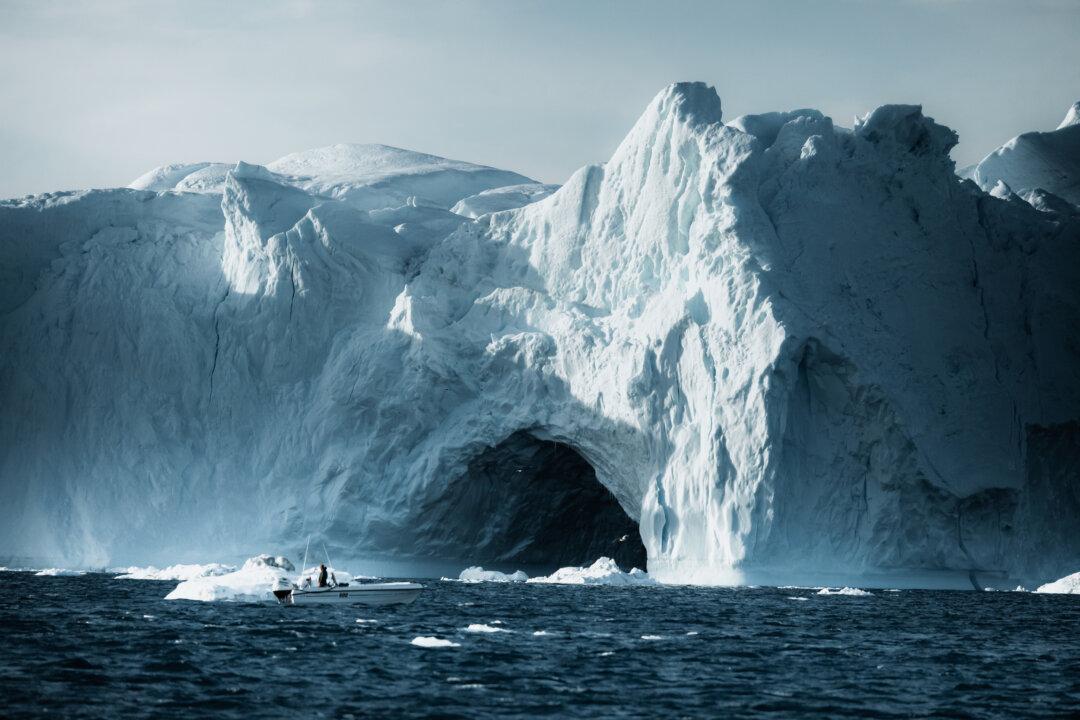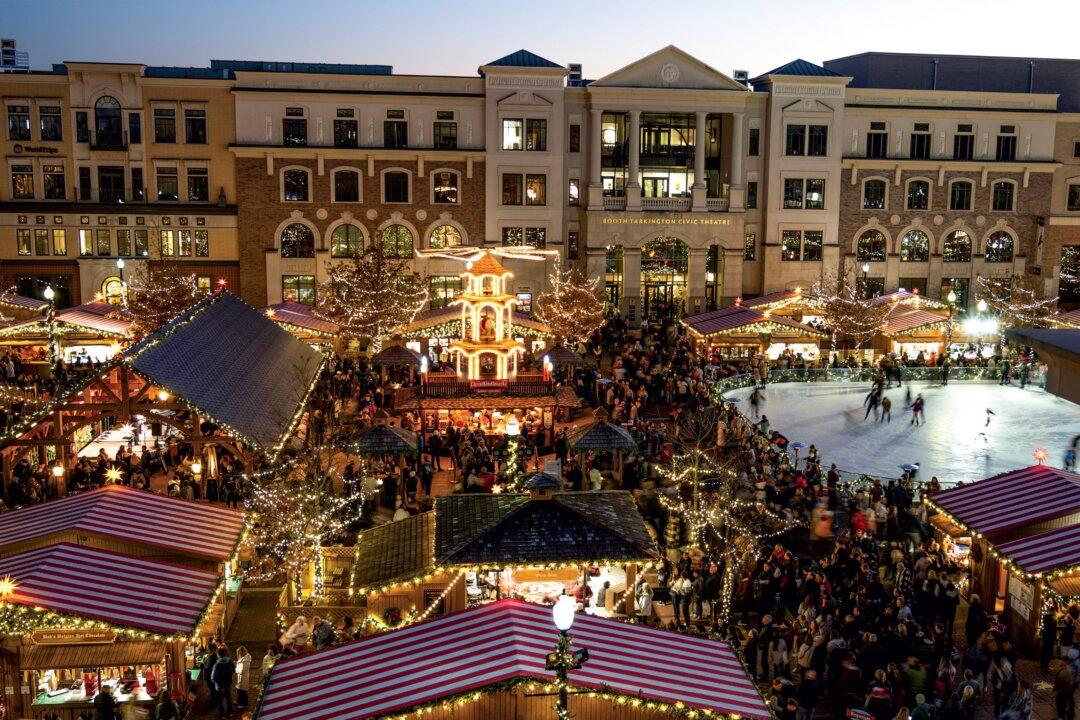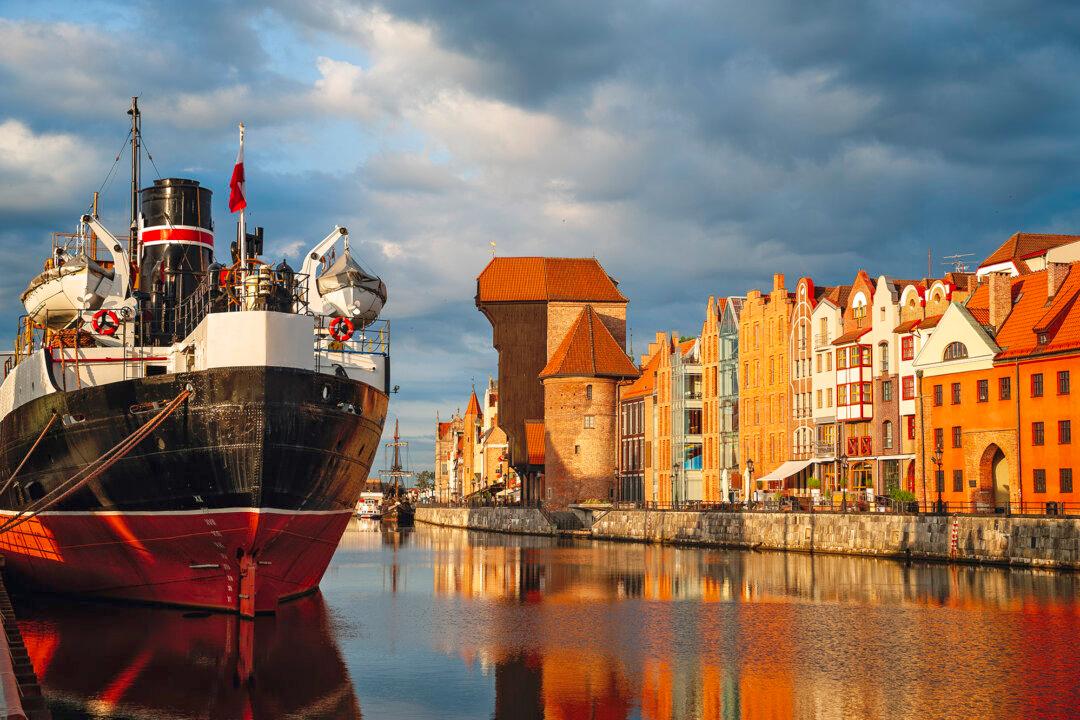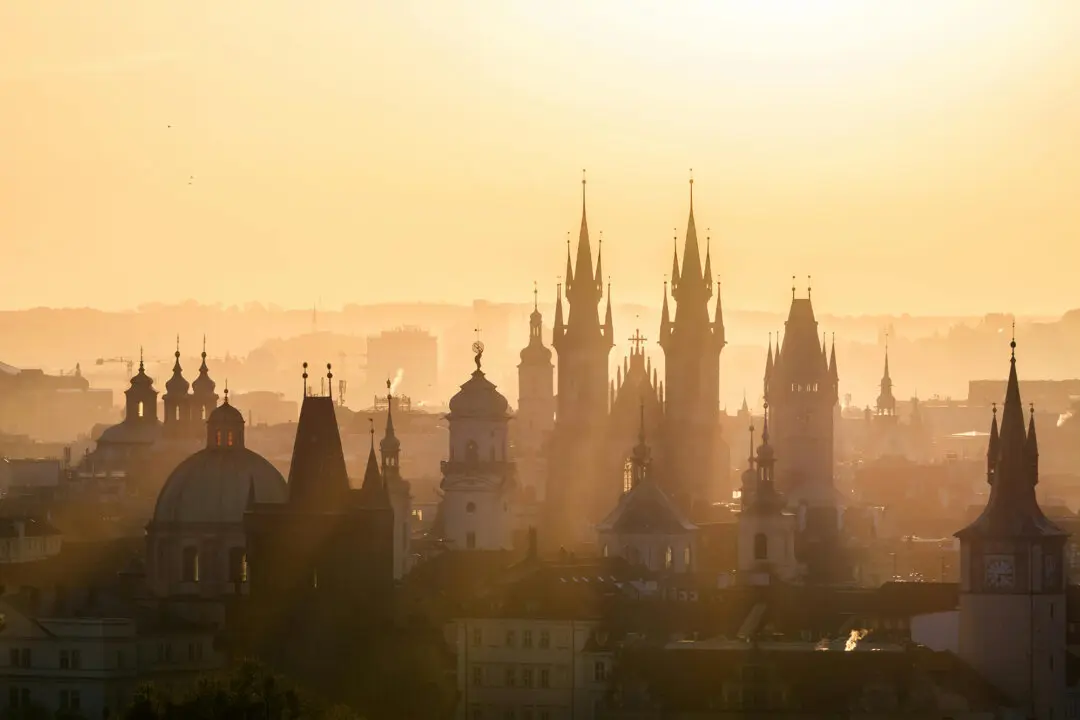Visiting the world’s greatest river of ice requires quite a journey. For starters: just getting to the west coast of Greenland. Remote by any standard, the flights are complicated, and the best way to navigate your way there is by ship, sailing through frigid waters and icebergs.
Landing in Ilulissat by expedition vessel, I rode a zodiac to a dock, exiting onto dry land through an archway made from whale bones. An old Danish bus awaited, and after boarding, we rumbled through the heart of town. Along the way, we passed jelly bean-colored homes, restaurants, and shops, the latter with a heavy emphasis on outdoor pursuits.





